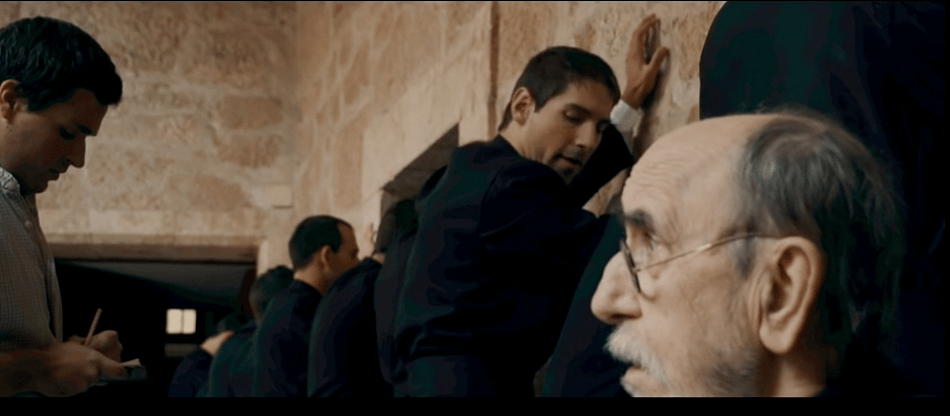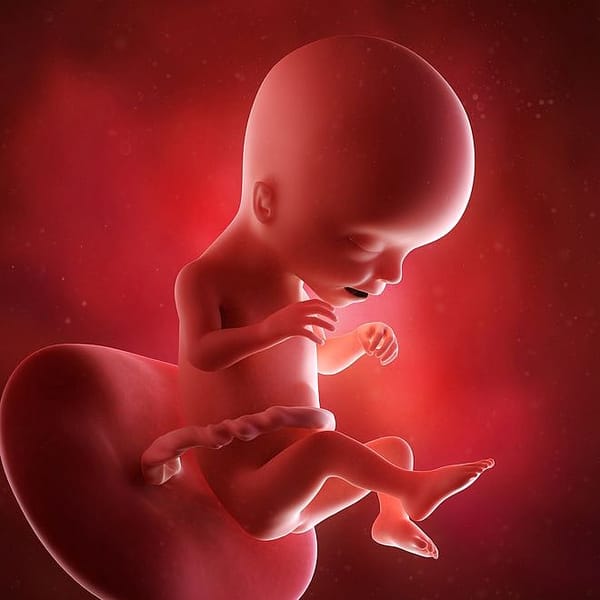Movie Review: ‘Forbidden God’

What would you do if they came for you? It's a question religious people sometimes ask themselves, hoping they'd give the right answer.
Forbidden God is a movie about several dozen Roman Catholic seminarians who were rounded up by anti-clerical leftists during the early days of the Spanish Civil War. It is a powerful, historically accurate drama depicting courage, faith, fear, temptation, betrayal, and perseverance.

